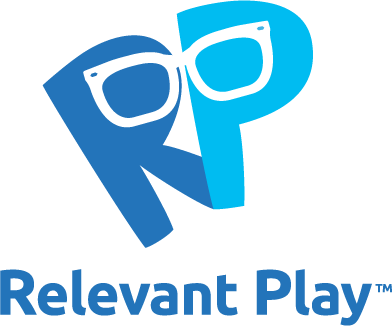
Share
Why kids learn better through hands-On play
In today’s screen-filled world, giving kids opportunities to touch, build, and create is more important than ever.
Hands-on play—where children actively use their senses to explore—has been proven to boost focus, fine motor skills, and creativity. And the best part? It’s fun, calming, and endlessly engaging.
With Mad Mattr, a soft, non-toxic dough that never dries out, parents and teachers can turn simple playtime into meaningful learning experiences that last a lifetime.
What is hands-On learning (and why it works)
Hands-on learning is more than play—it’s learning through doing.
When kids manipulate, stretch, and shape materials, they engage multiple senses at once. This sensory stimulation helps the brain form stronger neural connections, improving memory, coordination, and problem-solving.
Research shows that children retain information better when they physically interact with what they’re learning. That’s why hands-on learning toys like Mad Mattr are valuable tools for both home and classroom environments.
3 Key Benefits of Sensory Play for Kids
1. Boosts focus and calm
Playing with sensory dough like Mad Mattr encourages relaxation and mindfulness. The repetitive squish and stretch motions help kids self-regulate, reduce stress, and increase their attention span—perfect for after-school wind-down time.
2. Strengthens fine motor skills
Shaping, rolling, and molding Mad Mattr develops hand strength and coordination. These small movements are essential for writing, buttoning clothes, or tying shoes—skills that build independence and confidence.
3. Sparks creativity and problem-Solving
Sensory play encourages open-ended exploration. Whether kids are building shapes, mixing colors, or inventing stories around their creations, they’re practicing imagination, design thinking, and flexibility—all vital for future learning success.
How to encourage creative learning at home
You don’t need complicated tools or structured lessons to foster creative learning at home. A few simple setups can turn your child’s playtime into a world of discovery:
✋ Hands-On play ideas to try:
- Sensory letters: Form alphabet shapes using Mad Mattr to make learning ABCs tactile and visual.
- Color mixing experiments: Blend two Mad Mattr colors to explore new shades and spark curiosity about science.
- Story creations: Build characters or settings out of dough, then make up stories together—great for imagination and language development.
- Calm corner time: Create a small “mindful play” area with sensory dough and quiet tools to help kids relax and focus.
Pro tip: Keep play screen-free
Encourage moments of quiet focus by removing digital distractions. Kids who engage in screen-free, mindful play show improved mood, creativity, and communication.
Why teachers love Mad Mattr for learning
Educators around the world use Mad Mattr to make lessons more engaging and inclusive.
Its soft, stretchable texture is ideal for students with sensory sensitivities, while its mess-free quality makes cleanup effortless.
From art and science lessons to literacy and mindfulness activities, Mad Mattr helps create classrooms where learning feels like play.
The Takeaway
Hands-on learning builds confident, curious, and calm learners.
Through every squish, stretch, and shape, kids are not just playing—they’re growing essential life skills.


